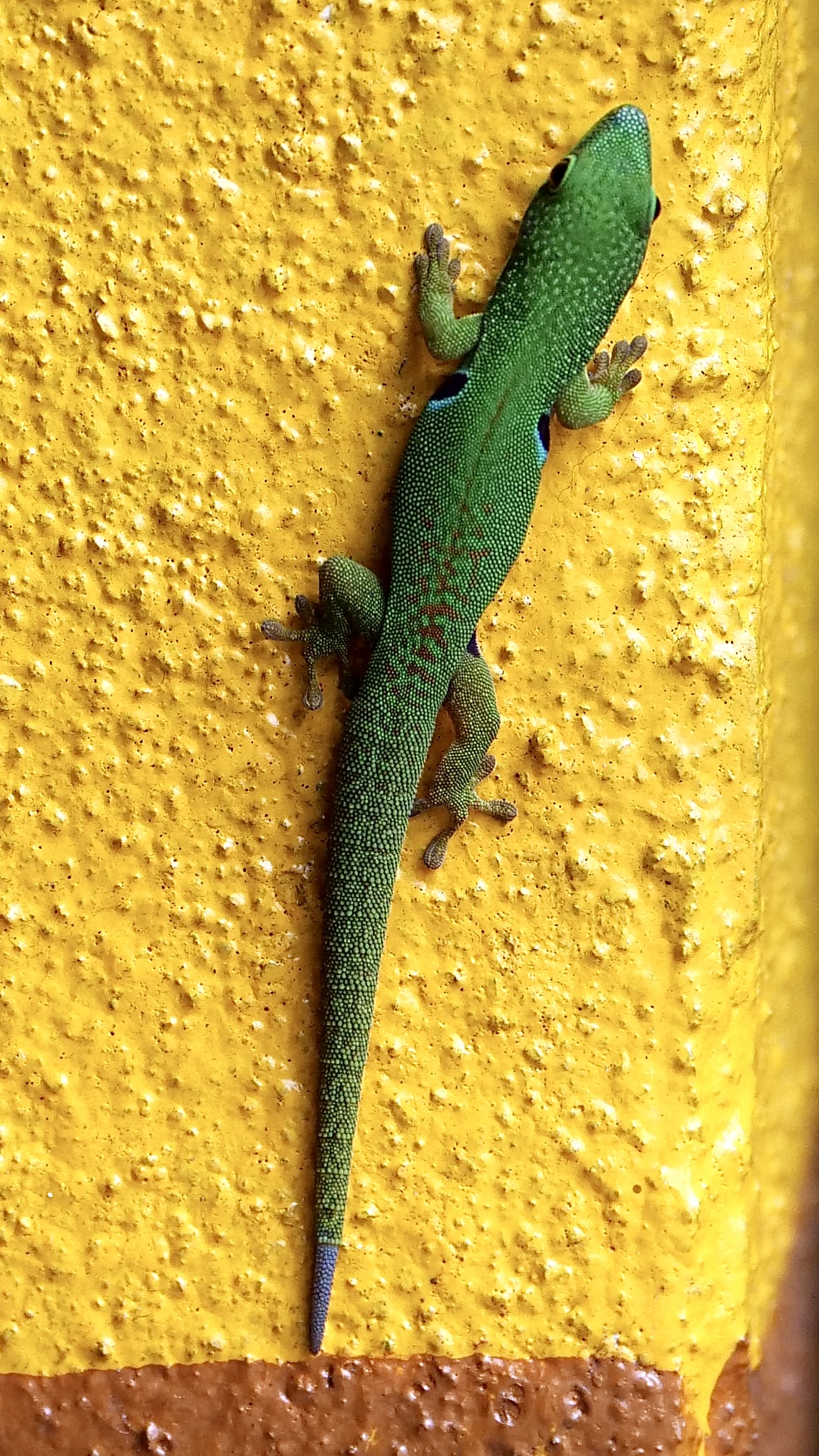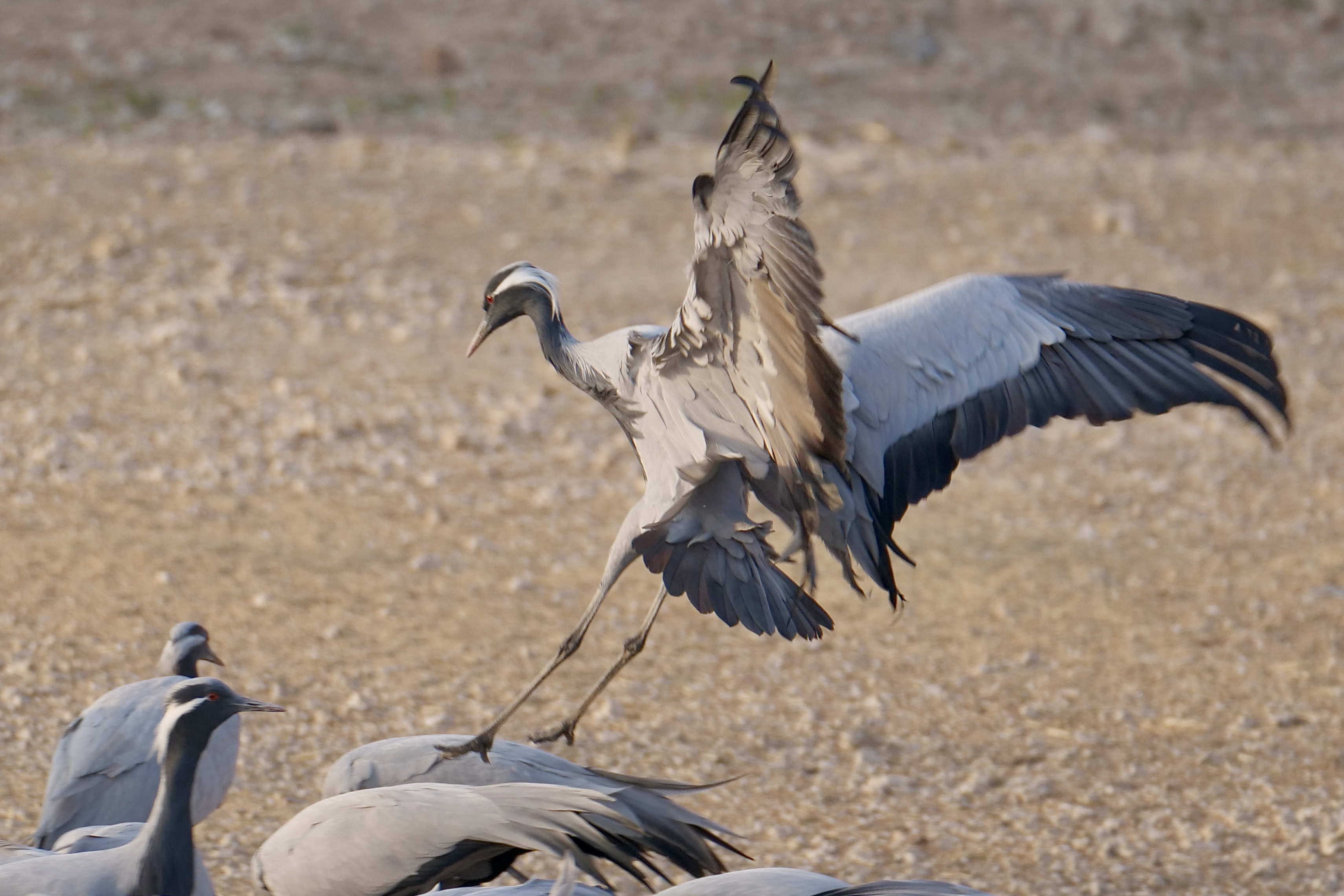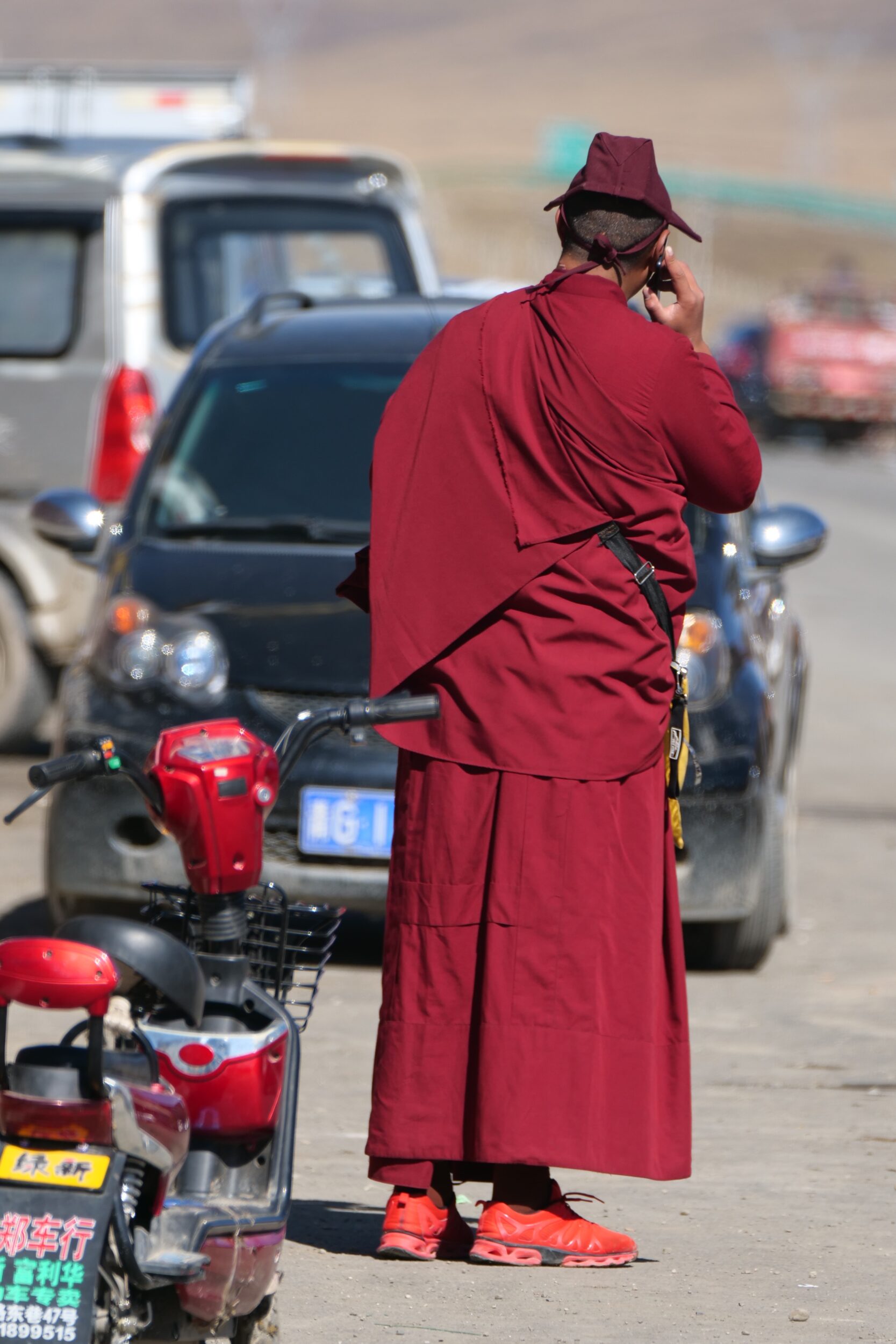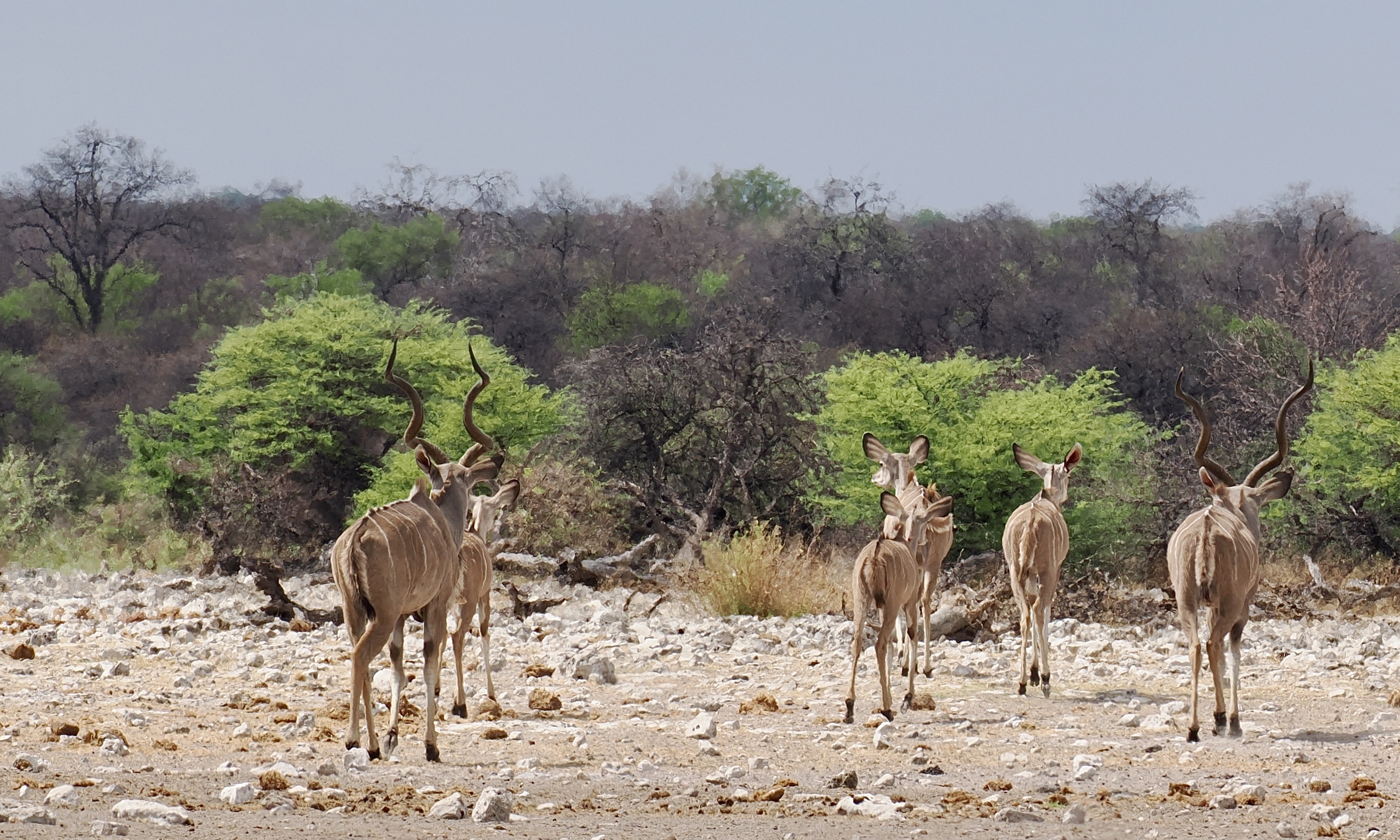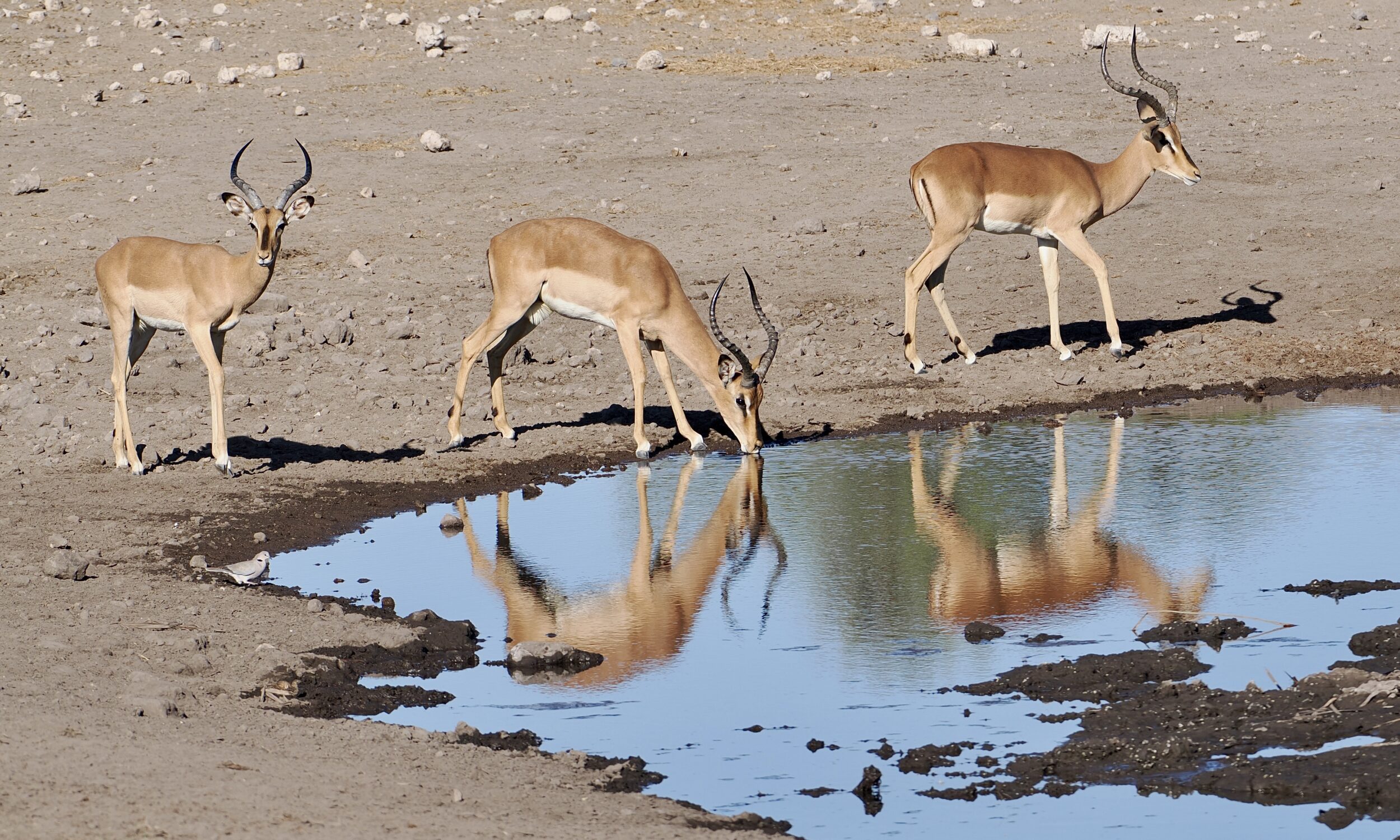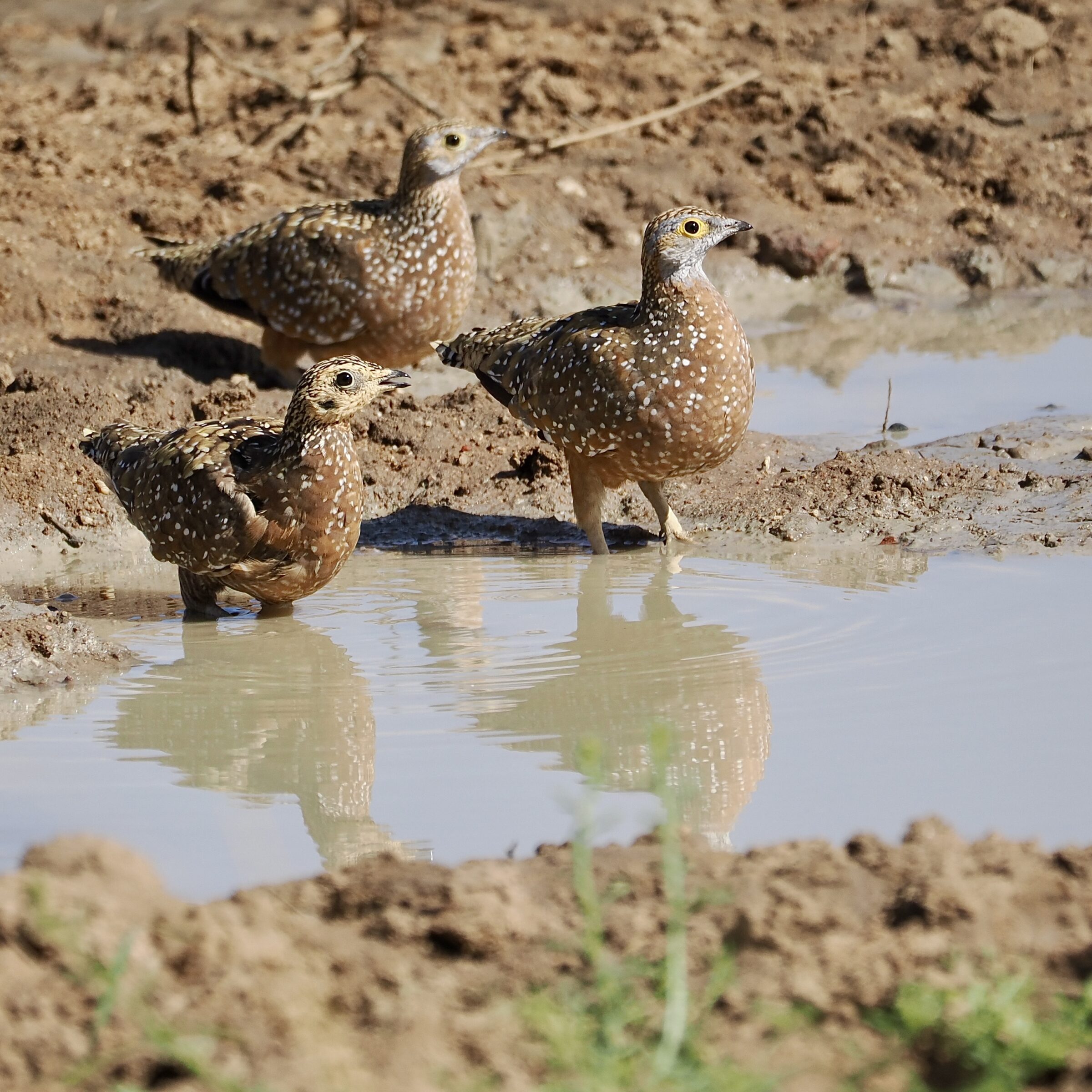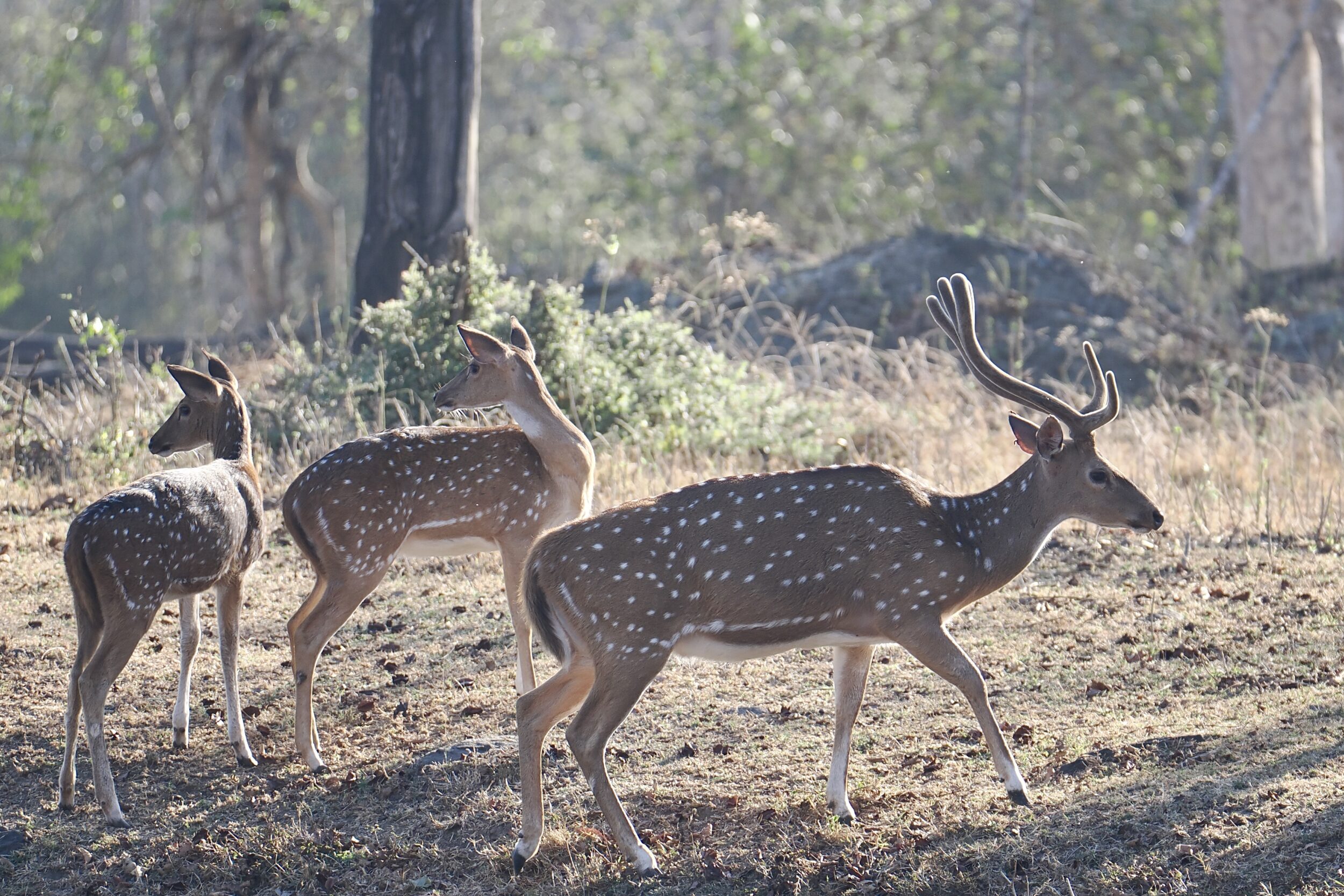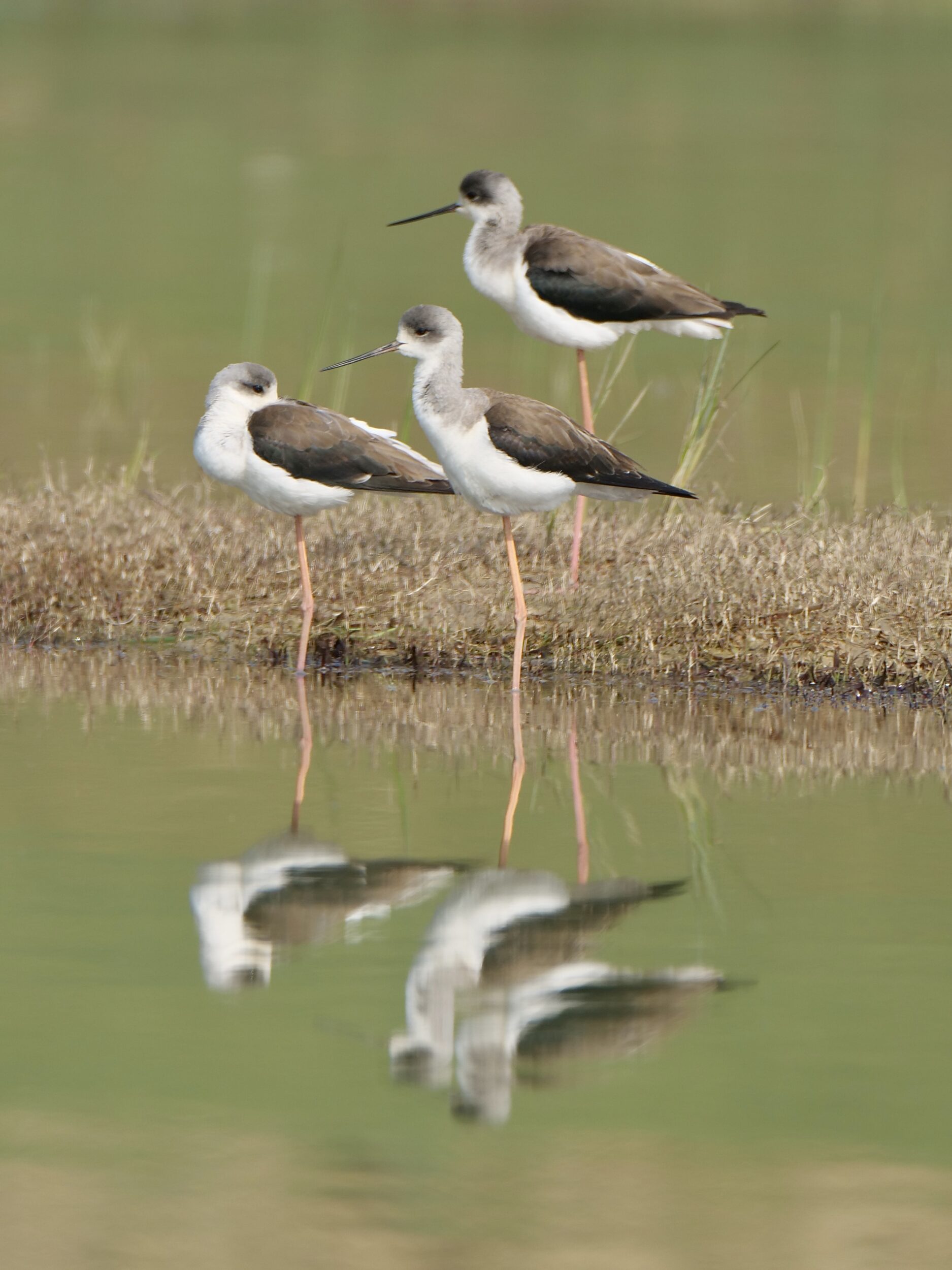Antananarivo – often abbreviated to “Tana” – is the very congested capital city, and major metropolis, in one of the world’s most materially poor nations.
Many of its “entrepreneurial” residents cannot afford to buy or rent a walled and/or roofed structure in which to ply their trade.
This post’s street-working barber lacked anything remotely resembling his own “salon”, but his professional expertise and “service, with a smile” attitude were readily apparent.
Comments closed
